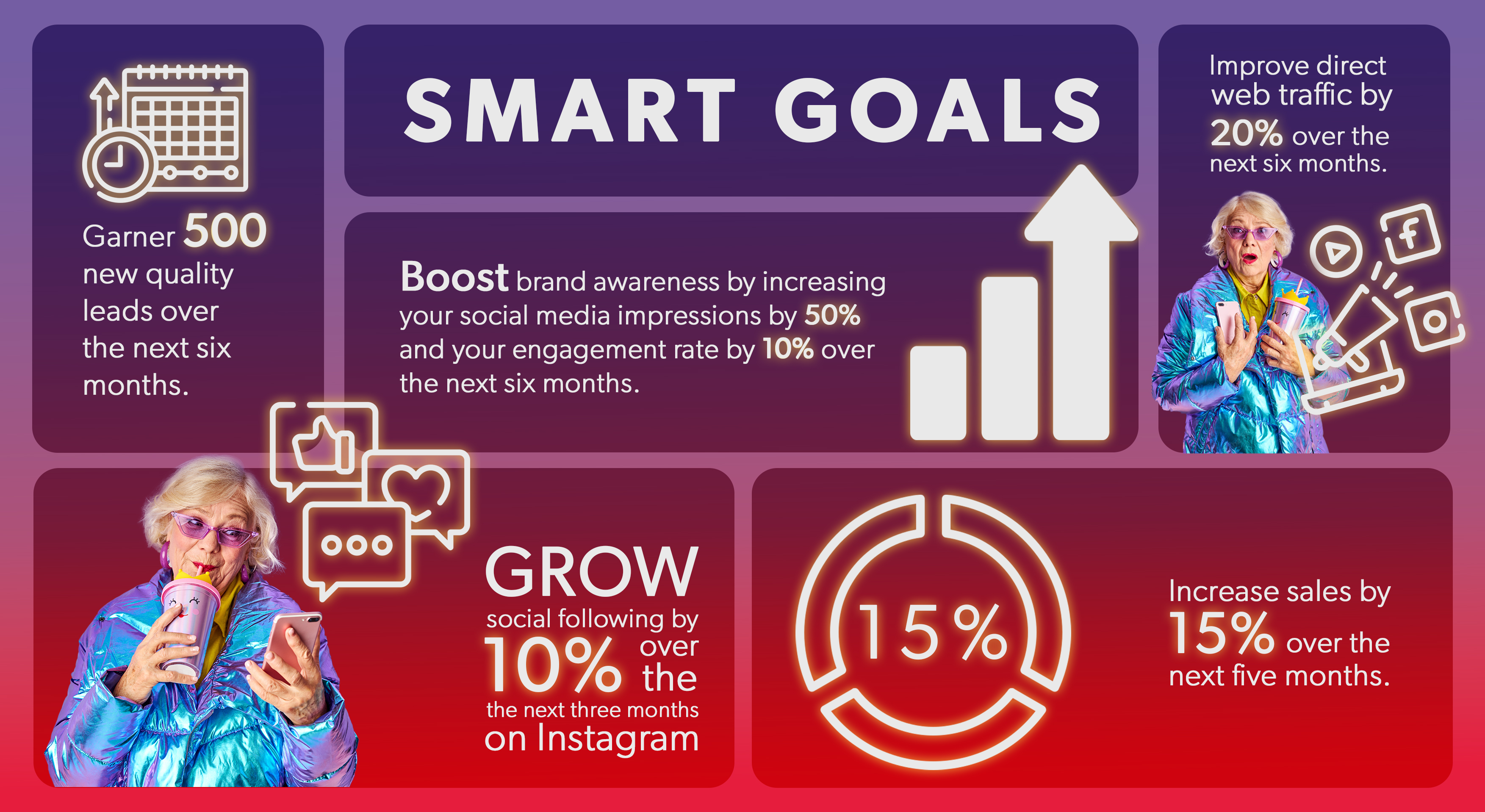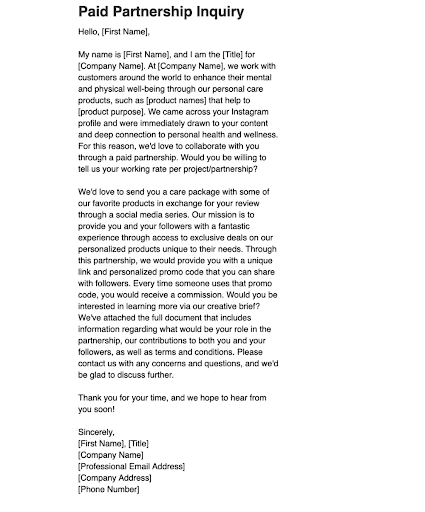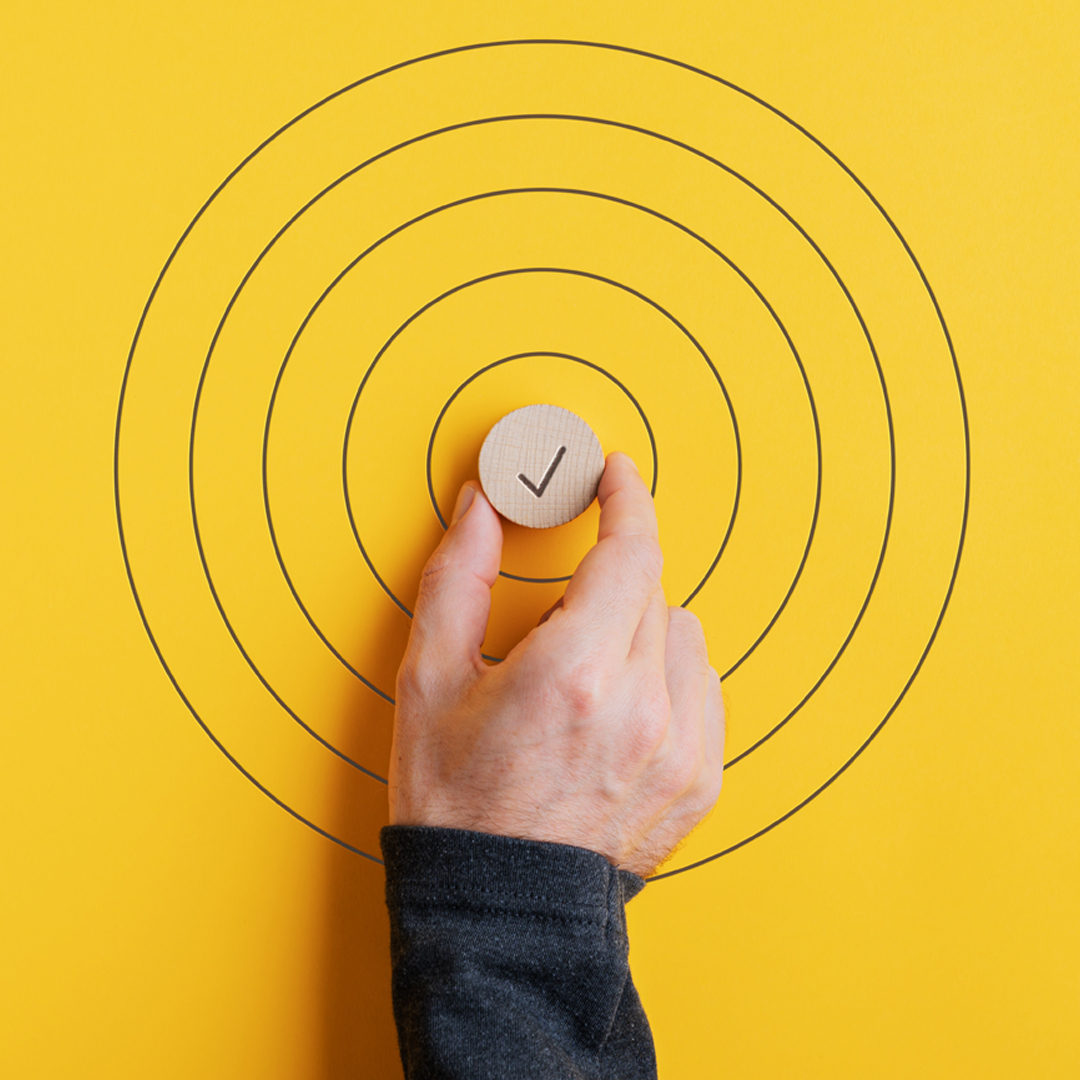Influencer Marketing ROI: 7 Steps to Gain a Competitive Edge
What is Influencer Marketing, and How Does it Help with ROI?
Influencer marketing has grown significantly in popularity over the past decade and is the epitome of user-generated content (UGC). All brands should want to leverage UGC because it comes off as more authentic to followers and helps tremendously with brand credibility. Working with influencers offers a lift for brands looking to gain a competitive edge over their competitors by partnering with social media creators, YouTube streamers, Amazon reviewers, etc. who have a loyal following.The goal of influencer marketing is often the same - heightened brand awareness that, in turn, generates leads and sales. Your brand will leverage the credibility that the influencer you’re working with has built over time with their followers and pay them an endorsement in exchange for them to promote your brand.
You can see a generous return on investment (ROI) through a successful partnership with the right person. Through this UGC promoted to a larger audience that fits your buyer persona, you can see heightened brand awareness, more traffic to your social pages and website, higher impressions and engagement, leads, sales, and higher authority in your industry.
Influencer Marketing in the U.S.
To gain a better understanding of the hype surrounding these stars of the internet, let’s look at some stats to help guide your strategy.These stats are as of June 2023:
-
There were over 100,000 TikTok influencers in the U.S. alone with their follower count ranging from 5,000 to over one million.
-
Over 300,000 YouTube creators in the U.S. had between 10,000 and 50,000 subscribers.
-
Nearly 178,000 Instagram influencers in the U.S. had between 10,000 and 50,000 followers.
-
Instagram is the No. 1 influencer marketing platform.
-
Total influencer marketing spending in the U.S. in 2023 was around $26 billion.
-
The influencer marketing platform market size is expected to reach over $51 billion in the U.S. by 2030.
Types of Influencers
The types of influencers you’ll choose to work with will heavily depend on how large your following is, how long you’ve been in business, what you offer, and your budget. There are four main types of influencers: nano, micro, macro, and mega.The Four Main Types of Influencers
-
Nano = 1,000 - 10,000 followers
-
Micro = 10,000 - 100,000 followers
-
Macro = 100,000 to 1 million followers
-
Mega = 1 million + followers
If you’re a small start-up business, your best bet is to reach out to nano- or micro-influencers. If you’ve built up a decent following and can afford to invest more into your outreach budget, consider macro-influencers. Hitting it off with mega influencers can be a challenge simply due to how large of a following they have and the number of brands that are probably already flooding their inbox.
Notice how we said partnering with mega influencers can be challenging, but it’s not impossible. Let’s dive into seven ways you can leverage your brand to find influencers who fit your “why.”
7 Influencer Marketing Tips to Elevate Your Paid Media Strategy
Digital marketing isn’t a one-size-fits-all business, nor is influencer marketing, so your approach to this practice will be different compared to other businesses. But there are seven steps in particular that you can take right now to ensure you make the most of your influencer campaign.1. Determine Your Business’s “Why.”
Say it louder for the people in the back; you can’t truly succeed in your business model if you don’t understand why you’re doing what you’re doing in the first place. First, you have to determine your mission and your “why.” Through this stage, you’ll also determine your buyer persona and who your product(s) or service(s) helps.For example, if you’re a beauty brand, you’re likely targeting those who have an interest in personal care, makeup, or even fashion. If you’re a meal plan service, you might be looking for those with busy schedules, like corporate executives or moms, people who focus on clean eating, and fitness enthusiasts. Your buyer persona matters because you could partner with the biggest influencer out there but if their audience doesn’t meet your buyer persona, the odds of their followers sticking around once the campaign ends are unlikely.
Once you’ve defined your “why,” it’ll be easier to determine your goals and intentions for this next step for your business. Going back to that original mindset of why you established your business will help when it’s time to connect with potential influencers. Here’s the bottom line: if you can’t clearly state why you do what you do, you can’t expect someone to buy into the brand, so this is a critical first step.
2. Define Your Goals & KPIs.
The foundation of your business is its purpose, but you can’t move the needle without goals.The same can be said for any time you consider collaborating with outside influencers. Before you begin the initial outreach or determine what campaign creatives you need, you must set clearly defined goals and key performance indicators (KPIs). Goals provide a clear direction for both you and the influencer, and they give you a framework for success.
Always make sure you’re developing SMART goals that will be specific, measurable,
achievable, relevant, and timely. To set SMART goals, look back at historical data to see how previous content or campaigns have performed. You can also look at industry benchmarks and see what other organizations in your industry are doing. Overall, your goals will fluctuate as the industry landscape changes, and you want to make sure the numbers you set for yourself align with your business’s ability to achieve them. In other words, while you want to aim high, keep your goals within a manageable reach. You can adjust as you go.
As an example, here’s what some of your SMART goals for an influencer campaign could look like:

Once you’ve defined your goals and KPIs, you’ll need to match them with a budget to
determine how much funds you can allocate toward them.
3. Create a Budget.
When you create your budget, look at how much you’re willing to spend on a paidcollaboration with an influencer. Keep in mind that there is no set rate for influencers as it varies by person and what they will contribute. Sending someone a free product in exchange for a one-post shout-out won’t cost you nearly as much as say a three-month campaign where the influencer will post daily and send followers to a unique link with a discount code.
Influencer rates vary. As a benchmark, here are some sample numbers provided by Influencer Marketing Hub:
-
Nano-influencers may charge between $10 and $100 per post.
-
Micro-influencers may charge between $100 and $500.
-
Macro-influencers may charge between $5,000 and $10,000.
-
Mega-influencers may charge $10,000 and above.
Again, this is just a benchmark, and depending on the influencer’s reach, engagement rate,
followers, status, and interest in your brand, they may charge more or less.
One of the most common ways influencers work for brands is by receiving a free product and
reviewing it in exchange for a commission. The company will then generate a unique link and discount code that the individual can promote to followers. In addition to the influencer’s rate, you’ll need to determine the product quantity you’re willing to send them to review and how much of a discount you wish to give them through a code that they will provide their followers with.
Now, another option if you don’t want to pay each influencer individually, there are platforms
where you’ll pay a flat rate to find and work with them. We’ll get into that shortly.
4. Do Your Research.
Before diving into a paid partnership, you need to find your perfect match. This is the research stage where you’ll dive into specific influencers and the criteria you want them to meet.Questions to ask yourself when partnering with influencers:
-
Do they meet my buyer persona?
-
What are their interests?
-
How often do they post?
-
What types of content do they post?
-
Who is their main follower base?
-
How many followers should they have?
-
How much engagement do their posts get?
-
How interactive are they with their followers?
All of these questions matter because they fall back to the first step we discussed - defining your “why.” If a prospective influencer doesn’t meet your buyer persona, that means their followers don’t meet your buyer persona. If you’re not connecting with the right people, the entire partnership will seem inauthentic.
5. Write a Campaign Brief.
Before any campaign, you need a brief. This template will explain the goals of this campaign, as well as tracking metrics, deliverables, timeline, budget, etc. Remember that if you don’t have a documented campaign brief, the influencer might not know what’s expected from them.
There are free templates available that you can follow if you’re new to creating briefs, and if you choose an influencer outreach platform to help you find creators that meet your niche, they’ll often tell you what’s needed in your brief. We are seasoned campaign writers with plenty of experience in influencer campaigns. Here is our guide to help you get started:
What to include in your influencer brief:
-
About You
-
Brand Mission
-
Values
-
Brief History
-
Buyer Persona
-
-
Campaign Overview
-
Goals & Objectives
-
Messaging Style
-
Channels
-
Types of Deliverables
-
Timelines
-
Deadlines
-
Target Audience
-
Payment Details
-
-
Influencer Do’s & Don’ts
-
Ex. DO use branded hashtags in all posts; DON’T post anything with coarse language or use explicit background music in videos.
-
6. Select the Right Outreach Platform.
Social media platforms with the most influencers include Instagram, TikTok, YouTube,Snapchat, and Pinterest, among others. One of the most obvious things you can do is message influencers via direct message on the platform. This goes back to your buyer persona. Which social platforms will you most likely find those who fit your buyer persona?
Once you figure that out, you’ll know where to look. However, we suggest interacting and engaging with creators’ content before reaching out to them. Doing this will help your brand become noticed, and the influencer may even be intrigued enough to message you on their own. But you also don’t want to blow up their notifications too quickly or you run the risk of looking spammy. Needless to say, you’ll need to reach out at some point, but be strategic about it.
Say you don’t have the time or resources to dedicate to looking through various social platforms for these creators. That’s okay. There are numerous platforms out there dedicated to helping you match with prospective influencers. If you know the particular platform you want to target, there are even platforms specifically meant to match you with influencers on that platform.
For instance, if you’re an e-commerce business looking to partner with an Amazon influencer who promotes their top Amazon finds via social media or their storefront, you might want to give Referazon a try. We’ve tested that tool out with one of our e-commerce clients, and it helped tremendously with finding people. The platform allows you to find Amazon influencers; however, you still need to do the lifting when it comes to making the first move and reaching out to them.
If you’re looking for functionality within a platform that finds influencers and reaches out on your behalf, consider minisocial. This is another platform that we worked with for our e-commerce client and saw results through our brand awareness campaign with influencers.
Here are some other popular platforms that can help you with your influencer outreach strategy:
Look around, and see what different platforms have to offer before jumping into one. Someoffer free trials, which you can also take advantage of, so keep your options open.
7. Craft a Personalized Message.
Craft a personalized message to the influencer, tell them a little about your brand, what you offer, why you like their content, and why you’re reaching out. If you choose to reach out to influencers individually and on your own, you can either message them on your desired social platform or reach out to them via email. Creators will often link to their email addresses for business inquiries somewhere on their social profiles or on their blog site that they’ll also link to.A good first step is to directly message them on the specific social platform that they’re most active on. Here, you’ll introduce yourself and your brand, tell them why you’re reaching out, and why you were drawn to their page and content. Then you’ll get into the intro details of a potential collaboration.
Below is an example of a personalized Instagram message crafted for influencer outreach.

Don’t expect to receive an instant response. Those who have hundreds of thousands of followers, likely have pages of messages in their inbox. If it’s been a few business days, you can follow up via social media. You can also craft a longer email with more specifics about the campaign to show them that you’re serious and truly interested in forming a relationship with them.
Below is an example of a personalized email to an influencer.
.png)
The main difference between social media and email is influencer availability. Some may check their social inboxes more than email or vice versa. As we mentioned, follow up with them after a few business days of not hearing back. If you do not hear back the second time around, it may be time to move in another direction with someone else.
Should You Partner with Influencers?
As we said before, your business model heavily relies on ROI and making the most of your time and money. While influencer marketing is not normally a short-term strategy, when done right, you can begin to see returns and hit your goals for long-term success.Your business has unique needs, and we get that. Maybe you’re still looking to expand your reach, or maybe you’ve built up a large enough following and are looking for some gain in the sales department. If you’re looking to take the next step and reach out to creators to give your brand more exposure, it’s time to start putting together a strategy. But don’t worry, we’ll help you with that. Reach out to our team, and let’s begin!
